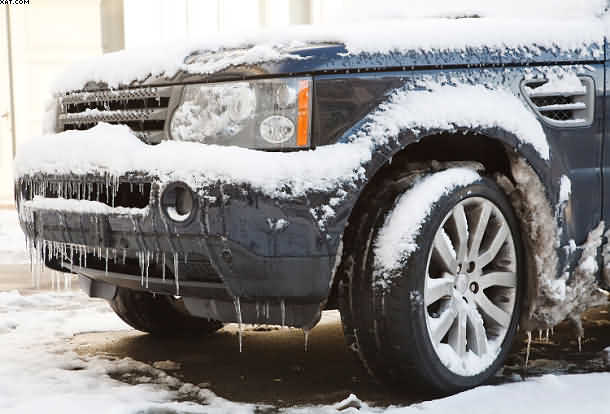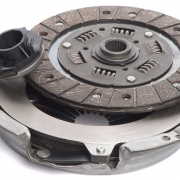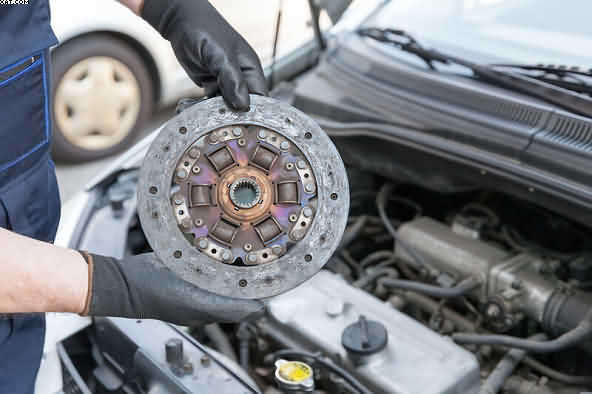Toyota RAV 4 Poor Acceleration Problems
Table of Contents
Toyota RAV 4 Poor Acceleration
Toyota RAV 4 Poor Acceleration Problems

Toyota RAV 4 problem just happened overnight
So, as I have said before, one of the great things about owning a garage. Importantly, there is a diversity of jobs that we can encounter. Hence, in any busy working week,. This past week was no exception. One of our lady customers called it with her car, a Toyota RAV 4 !
Alarmingly, the reason was that the car was performing badly when trying to overtake. Especially when she put her foot down, the car was very slow to respond.
She had a new Duel Mass Flywheel fitted about six months ago ! Interestingly, she had wondered if this could have anything to do with the car’s recent problem?
The Toyota RAV 4 was fitted with the 2.0D-4 D engine. Importantly, she had not experienced many engine problems in the past. In fact, apart from the clutch, the car had been trouble-free.
Ryan road tests the car ! Toyota RAV 4 Poor Acceleration Problems
Ryan, our workshop manager, took the car out for a test drive. So he noticed that the engine warning light was also illuminated . So on his return, he plugged the car into our diagnostic machine. I found that the code PO627 came up. When we looked up the code fault on our diagnostic site,. Then it stated that the problem could be a couple of things.
- The internal fuel was below the target fuel pressure that it should be, despite the engine ECU opening the Suction Control Valve (SCV)
- Fuel blockage.
Toyota RAV 42.0 D Engines are fitted with a Denso electronic high-pressure fuel pump. Controlling the fuel rail pressure and the volume of fuel are both replaceable items. Denso also make the Fuel Pressure Regulator (we call it the SCV) that can cause power problems with the Toyota RAV4
Problems.
Ryan suspected it to be the SCV, and this was confirmed by a quick phone call to a friend of ours who specialises in diesel engines and fuel pumps. He told us that the SCV valves had given him the most problems with this particular RAV 4 engine fault, and so we took it upon ourselves to tackle this particular problem.
A new SCV ordered for the Toyota RAV 4: Toyota RAV 4 Poor Acceleration Problems
We contacted the customer with a price. Reluctantly, she gave us the go-ahead to carry out the necessary work on the car’s engine. We could only buy the SCV parts from the Toyota dealership. Unfortunately, they were not available from any of the local factors.
The first part of the job was to remove the two bolts that fasten the radiator expansion tank to the car. Allowing you more room to work. Importantly, you can see this in the picture the arrow is pointing to ! Where the fuel pump is located. Down near the yellow dipstick top. Ryan then had to remove the air intake/inter-cooler pipe.
The only difficult thing that Ryan could see was the location of the pump and where the SCV’s were located; they were located at the back of the pump, making the job a little fiddly.
When the new Toyota RAV 4 valves arrived,. Hence, they were both coloured differently. So, one was green and the other red. It was important that the new ones fit where the old ones had come from.
Hence the colour coding.
The valves are held into the pump by two heavy duty Allen screws each and were eventually freed by using an heavy duty Allen key type bit that fitted into an impact wrench set, with an extension tube to give him some leverage. This did the trick and the screws finally gave in to the pressure.
An important thing to watch out for is that the valve seats have two O-rings. These O-rings must be replaced and refitted into the valve seats; Ryan lubricated them when fitting them back, before the new valves were fitted back onto the pump.
Possible loss of fuel ! Toyota RAV 4 Poor Acceleration Problems
Another observation is that you will lose a small amount of fuel when doing this job, so protect the immediate area of the pump with some old cloth to soak up the diesel that comes out and you will not make a mess on the rest of the engine or the garage floor. We also thought it would be worth fitting a new fuel filter, and so we did.
When Ryan completed the work
he then re-set the Toyota RAV 4 engine diagnostic trouble codes , with our engine diagnostic machine and it then only took a couple of attempts to re start the engine. Because there would have been a little trapped air in the system from when the valves were removed. If you are doing this job at home inn one of these vehicles, we do recommend that you keep everything as clean as possible and do not let any dirt or other contamination onto the new valves.
The job only took about an hour
Including the ordering of the parts. Later the car was road tested and found to be cured of the problem. Happily, our lady customer picked up the Toyota RAV 4 paid us and went on her way a happy customer.
This problem can also be found on the following Toyota models
Toyota Avensis 2.0 D-4D (CDT220) 1999>2003,Toyota Avensis Verso 2.0D-4D (CLM20) 2001>2005,Toyota Corolla 2.0 D-4D (CDE110) 2000>2001,Toyota Corolla Verso 2.0 D-4D (CDE120) 001>2004,Toyota Corolla 2.0 D-4D (CDE120) 2001>2007 (90bhp & 109bhp),Toyota Previa 2.0 D-4D (CLR30) 2001>2007. This information is from Blue Print.



